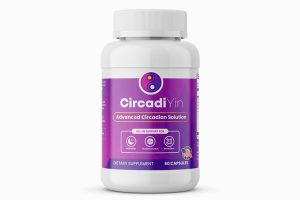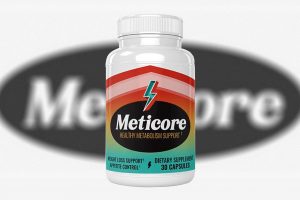Mind the Gap is the latest consumer education project released by the International Alliance of Dietary/Food Supplement Association (IADSA). It focuses on the increasing risk of computer blue light compromising eye health amongst other subjects.
The Dark Side of Blue Light
The IADSA website has a special section called The Dark Side of Blue Light. This section explains how exposure to blue light has increased since smartphones, computers and led lighting have started to be used more. It’s estimated that on average, a person spends 3 hours and 15 minutes looking at his or her phone, which amounts to 50 days a year. Here’s that the website’s resource reads further:
“Blue light is more energy-intense than other types of light, which manes it can penetrate deep into the eye and, over time, cause irreversible degenerative conditions that may result in blurred vision.”
It adds that macular heath was starting to degenerate in people after the age of 50 until now, but it seems that more and more individuals are having this eye problem in their 40s. Here’s what IADSA says about this:
“There is concern that greater exposure to blue light from smart devices and energy-efficient lighting is to blame.”
Lutein and Zeaxanthin for Healthy Eyes
IADSA also explains that taking 2 mg of zeaxanthin and 10 mg of lutein can help with maintaining macular health, yet it’s difficult to obtain these 2 antioxidants, also in these amounts and every day, from diet only. Here’s the solution IADSA has to offer in this situation:
“Food supplements offer an alternative source, with most of the lutein and zeaxanthin used in supplements derived from yellow marigold flowers, which are rich in both of these antioxidants.”
The Dark Side of Blue Light has been developed in partnership with the US Council for Responsible Nutrition (CRN).



















Add Comment